The National Park Effect
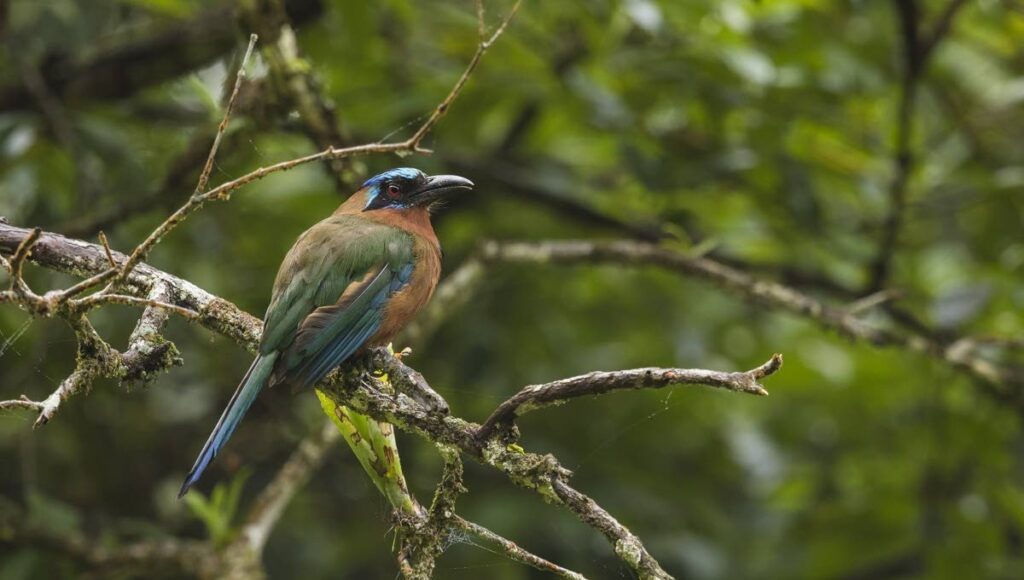
Faraaz Abdool discusses how national parks and other protected areas bring benefit to people and communities.
PARKS, reserves or sanctuaries are usually designated for conservation and for environmental awareness. Their effectiveness and continuity might be best served, however, if they are seen as tools to be used by the present for the benefit of future human populations.
National parks, forest reserves, and wildlife sanctuaries are used as means of insurance: to safeguard biodiversity and ensure resilience against the ever-increasing effects of climate change.
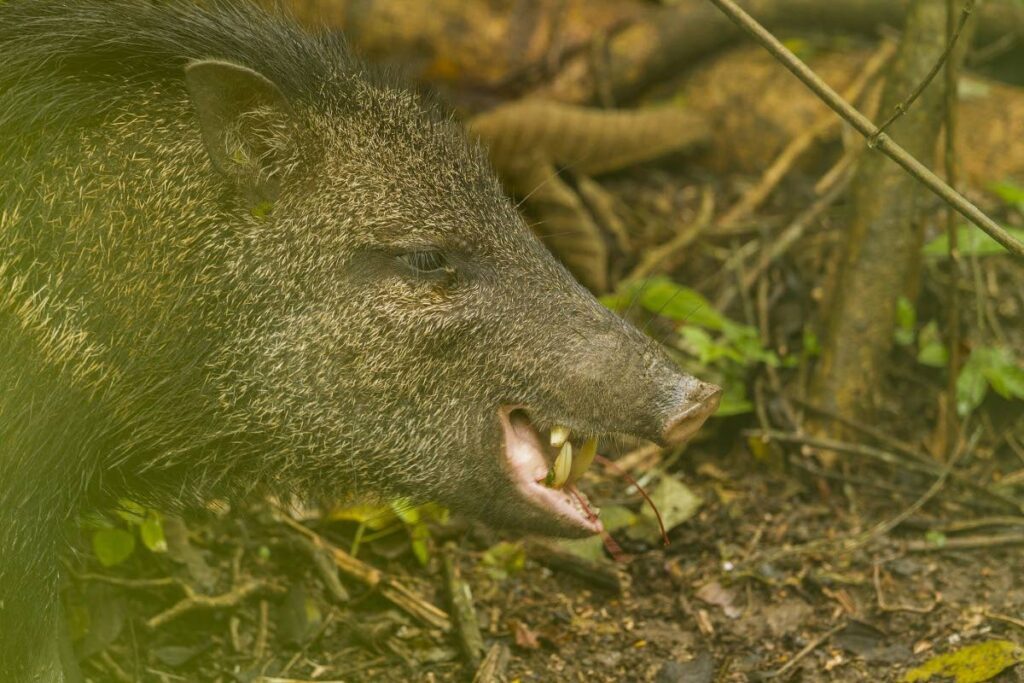
Approximately half of all carbon emissions we produce are absorbed by the land and sea, despite forests only occupying 30 per cent of terrestrial space. Reserving land for conservation may not have immediately discernible effects, as the geological time scale has a much slower pace than our own lifetimes. To wholly reap the rewards of a long-term project such as a national park programme, certain other measures that affect human communities need to be in place.
Classrooms in nature
There are ways and means of procuring benefits in the short to medium term. More and more people are now keyed in to the ecological state of the world. Children are being educated about it in schools, and from an early age, they could be encouraged to witness the wonders of the natural world in person. Protected natural spaces can be used to guide people from all walks of life through the experience of observing nature. They can be classrooms without walls, allowing visitors of all ages to experience how plants and animals interact, informing them on practices they can take back to their own spaces.
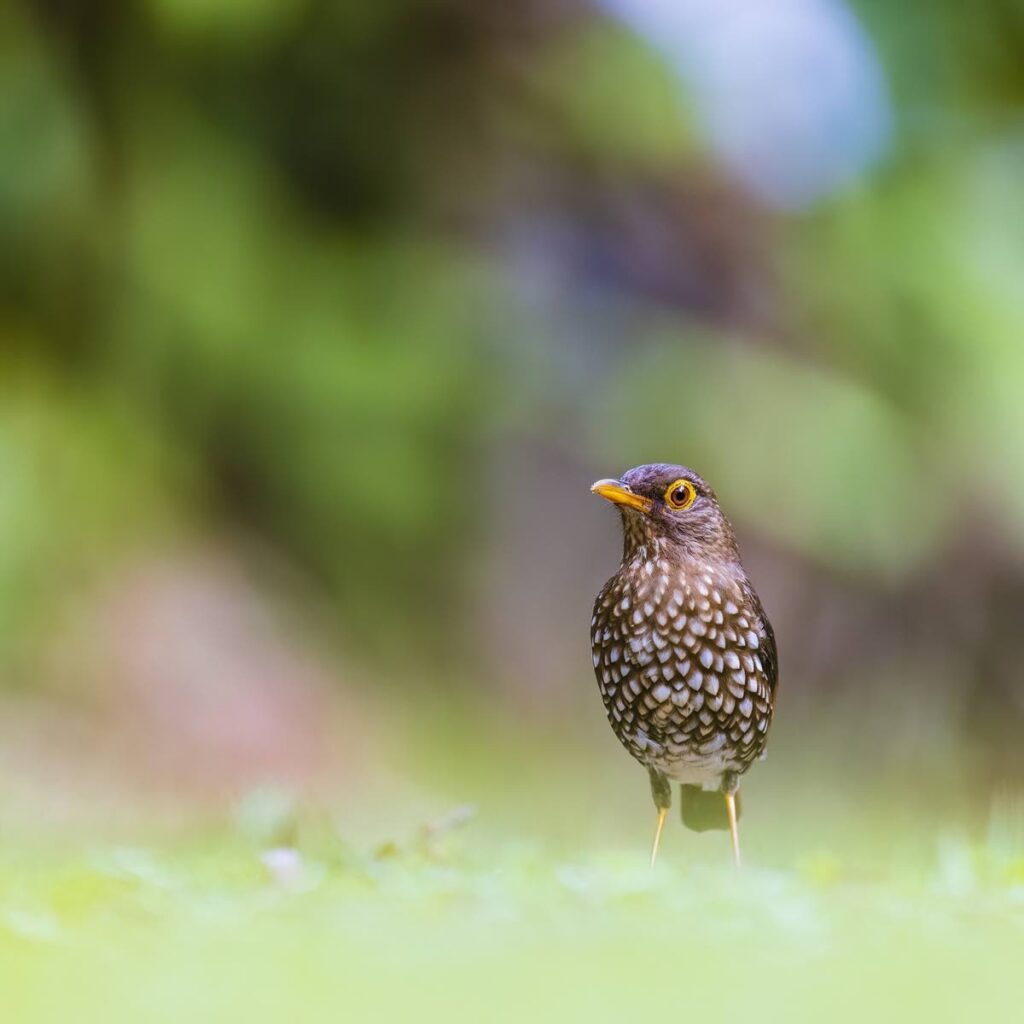
For these spaces, ecotourism is another viable means of utilisation. Well-regulated national parks generate billions of dollars annually and are significant contributors to the economy of the host country. They support a wide variety of jobs and provide a means of recreation for nearby communities. In some remote areas, wildlife conservancies have accommodation facilities, with small-scale eco-lodges operating sustainably within the protected area.
Nurturing nature
The ultimate catch with ecotourism is that it follows the cycles of the natural world. Birdwatching is seasonal in some parks that experience tremendous influxes of bird populations during migration season, for example.
It would be unwise and near impossible to attempt to keep the hordes of migratory birds present all year round in the hope of attracting visitors. Much easier would be to craft attractions around the naturally occurring events throughout the remainder of the year.
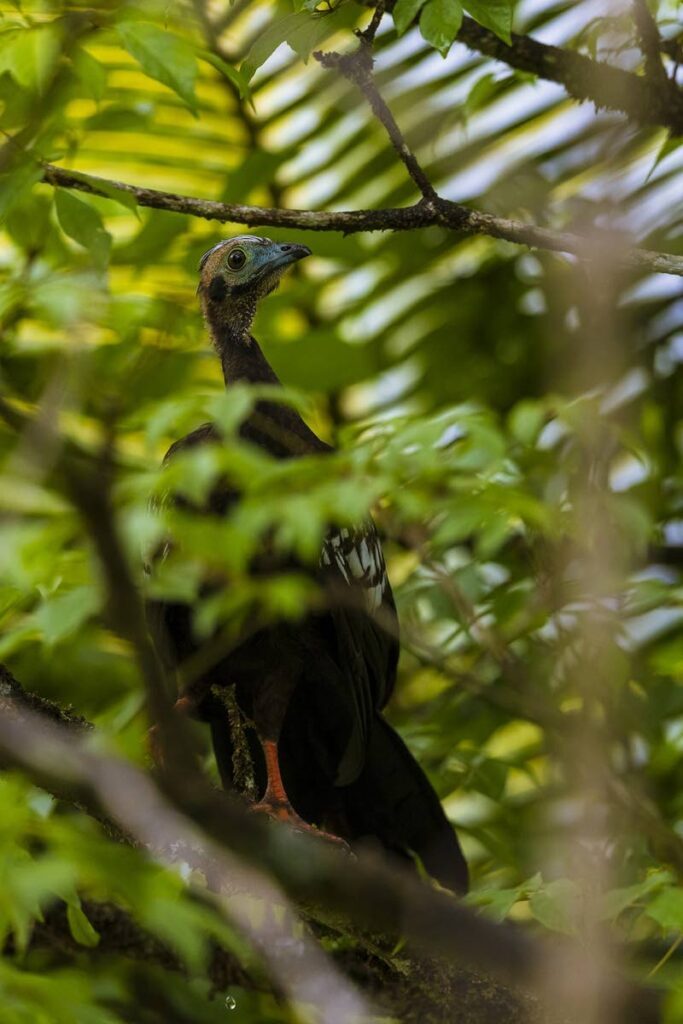
This nurturing of nature can bear fruit surprisingly quickly. When animals are not hunted and saplings not rooted out, nature takes over. The soil pushes out what it needs, the insects will find the plants, news of emerging berries spreads among the birds, and within a few years life flourishes.
Even fire – an element deemed destructive – has its rightful place in the appropriate ecosystem. Some species of plants and animals are dependent on the fires, which typically come at the very end of the driest weeks – just before the rains arrive to stir new growth.
Man-made fires, however, are entirely unacceptable in any environment.
The act of hunting nothing is self-nourishing. Not only does biodiversity thrive, but it also becomes more tolerant and accepting of human observers. Herein lies the greatest boon for the ecotourism provider. Animals which do not feel threatened have no need to hide or flee from a human being. For much of the world, we are the most feared of predators, and with good reason. In well-managed sanctuaries, however, it is possible to experience vibrant and dynamic oases of life.
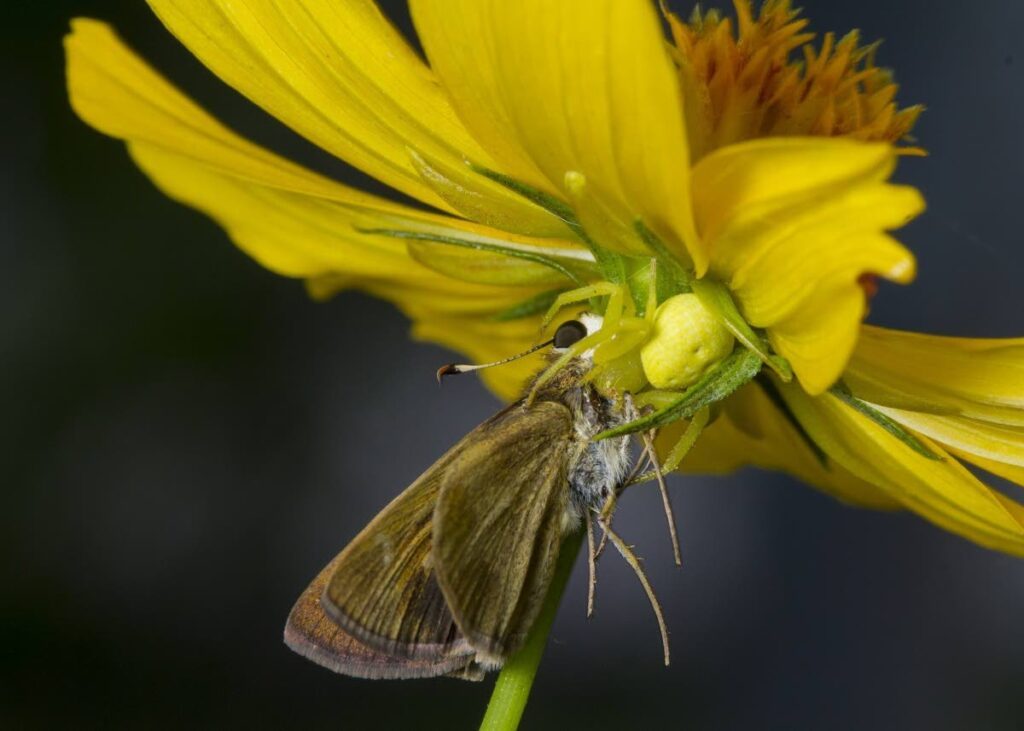
No harm in protected areas
This phenomenon is sometimes referred to as the “National Park Effect,” and animals that may be unapproachable elsewhere become easily observable within the boundaries of a protected area, due undoubtedly to generations of that animal not being persecuted, hunted, or harassed in any way. Close encounters with wildlife have associated hazards, but within a well maintained and managed park system, these encounters can be regulated and the safety of onlookers preserved.
This is a model that has been tried and tested in many countries to great benefit. The Morne Diablotin National Park in Dominica is where you have a chance of observing a critically endangered species of parrot called the imperial parrot, or sisserou – Dominica’s national bird.
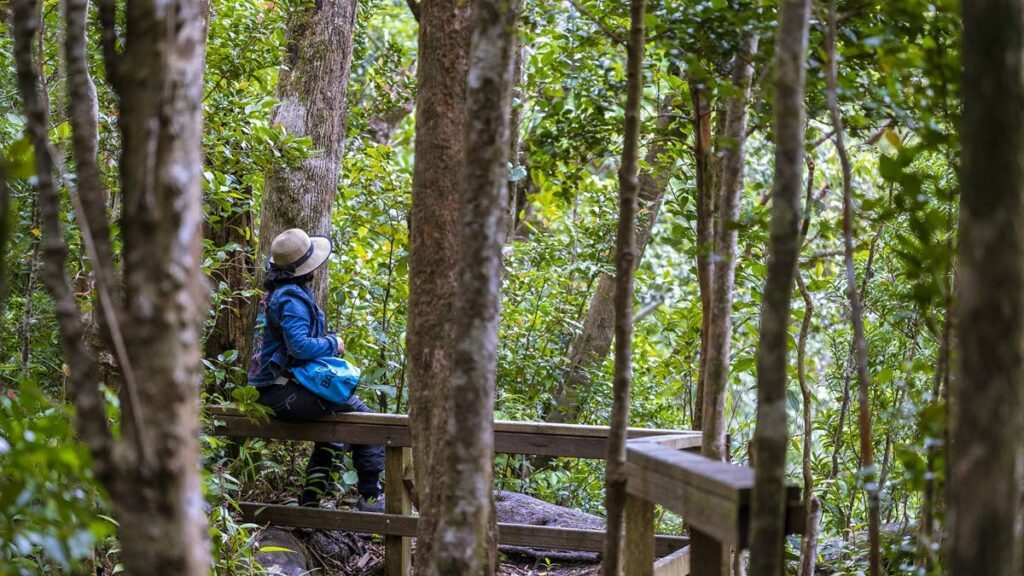
The park consists of rugged peaks jutting into the sky with vast crevasses coursing through. For the chance to see one of these birds, you follow a gentle trail to one of several moderately maintained vantage points, where – amid wild and gentle nature – you wait and watch and scan the opposing slopes for any sign of the birds. Creating systems like these, no matter how simple, ensures safe, non-invasive interaction with the natural world.
Here in TT, a number of areas theoretically enjoy full protection. People driving through the Main Ridge Forest Reserve along the backbone of Tobago would notice large, colourful birds sitting on bushes roadside, unconcerned by excited whispers and clicking shutters. Turtle-watching takes place on protected beaches, led by experienced, knowledgable, caring guides, who ensure the safety of humans and animals.
Preserving protection
We must continually seek ways of bettering ourselves and the way we care for nature so that we remain resilient and relevant in a rapidly changing world. We must wonder why national parks on our islands are still infiltrated by poachers and slash-and-burn agriculture.
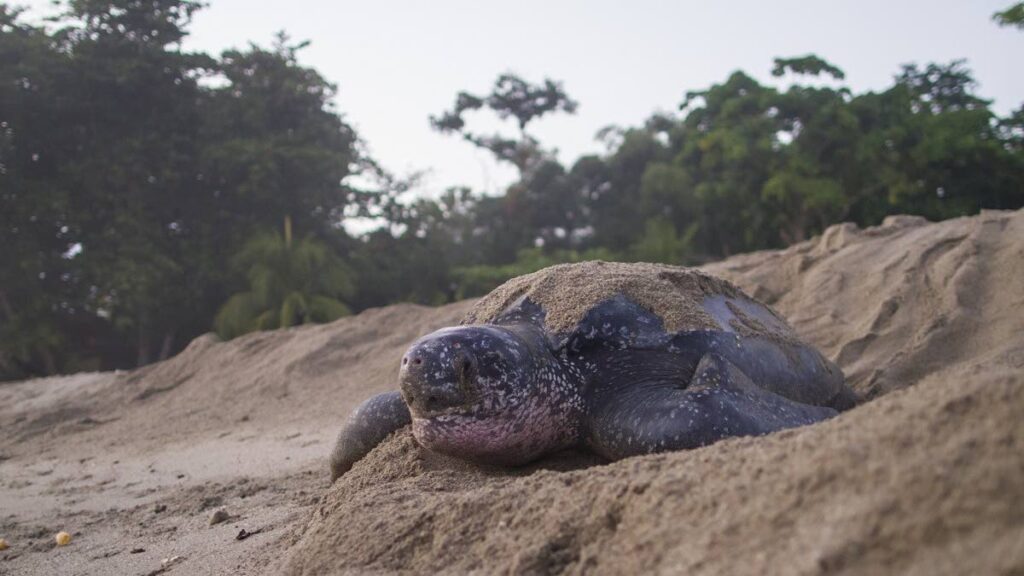
If we actually protect the areas we say we will preserve, we all stand to reap rewards. Those who spend time in nature achieve significant positive psychological benefits, and their influence can only be spread to more and more, growing and improving the quality of the interaction between people and nature.

Comments
"The National Park Effect"